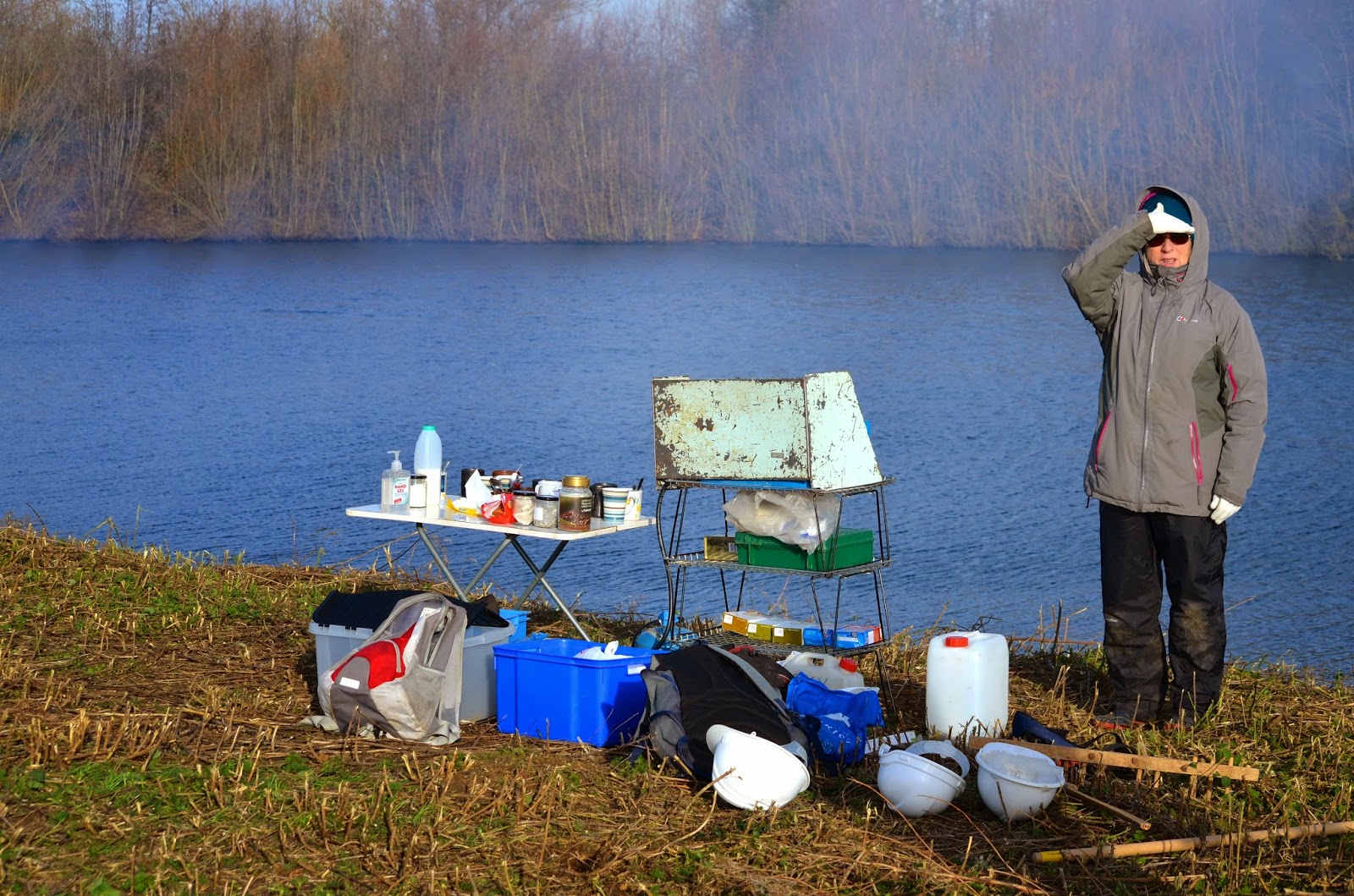Every winter the Friends of Paxton Pits Nature Reserve organises a series of Sunday work parties. They have been doing this in all weathers since they were formed 20 years ago. Is this masochism on behalf of the volunteers or a sadistic streak among the organisers? Probably both. I mean, why not have work parties in June when it does not blow a gale, snow, freeze solid or rain all day?
 Most habitat management happens in winter because this is when the work causes the least disturbance to wildlife. Summer is when we tend the garden, paint the shed and perhaps maintain the paths, fences and gates. Winter is when guys go out to cut stuff up and burn it! It is also the best time to do constructive things like plant trees.
Most habitat management happens in winter because this is when the work causes the least disturbance to wildlife. Summer is when we tend the garden, paint the shed and perhaps maintain the paths, fences and gates. Winter is when guys go out to cut stuff up and burn it! It is also the best time to do constructive things like plant trees.Trees are the one thing we don't want anywhere near ground-nesting birds. Trees provide a perch for crows and hawks that will take eggs and chicks. We don't even want scrubby bits because most waders, terns and gulls like to be able to see all around their nest. And anyway, Canada geese nest in the clumpy bits or mink use them to hide out in.
 |
| Tea up! |
At Paxton Pits islands are at a premium because the gravel seams are so pure that there is little waste to put back in the holes afterwards.
In the old days when the Sailing Lake was created, the business of gravel extraction was not so efficient. Quarrying was carried out with drag-lines in the flooded pits and so two islands were left behind, more or less by accident. Those two islands have become the main regular breeding sites for gulls and terns at Paxton.
 |
| New species for Paxton Pits? |
The Little Paxton Sailing Club has been around for ages and they have created a smashing lodge and dinghy pound on the South shore. Today they rent the lake from Oxford University. It is not part of the Reserve, but the Friends have always enjoyed a close working relationship with the Club to make sure that wildlife can benefit without the sailors losing out. Sailboats need wind, so clearing away the bushes and trees from the islands and parts of the shore benefits the Club, bui it also benefits wildlife.
So, every January for twenty years, the Friends have mounted an attack on the islands while the Club has blitzed the shoreline.
Before the Rangers acquired a decent boat, the Club always provided transport to the islands, but now we share two boats that carry all the personnel, mowers, strimmers, fuel and tools out to the two islands. Of course one extra trip is required to carry the absolute essentials such as a stove, water, gas, kettles, tea, coffee, biscuits, bars, mugs and milk. It is a well rehearsed, military-style operation.
This year's visit was one of the most efficient and the weather helped too. The advanced party arrived at 8:15 to make a start on cutting so that the rakers-up did not have to stand about waiting for something to rake. By 9:00 the air was filled with the annoying buzz and whine of 2-stroke engines as four of us carved a road through the wilderness. Already fires were burning on both islands and we looked to be on target to get them both cleared up by 13:00
We always find interesting things on the islands. There are unhatched goose-eggs from last year, (an Oriental delicacy perhaps?) skeletons of birds, and there are voles, moles and mice, which we guess crossed over the ice when the lake was frozen. This time we found burrows which Ray Matthews claimed were made by puffins! We think that rabbits are more likely.
Ray did find something significant though; a totally new species for the Reserve. Struthiosaurus (or some close relative, see photo) has not been seen here since the Cretaceous period, but Ray found one. He clenched it in his fist and called me over. I responded, "Mouse?" No, "Vole?" No! He opened his hands to reveal a two-inch plastic dinosaur. How did it get here? Gulls? Think about it.
 |
| The result. |
After all that, don't you just want to join us next year? Well, you can. Check out our Winter Work Party Programme and sign up!


